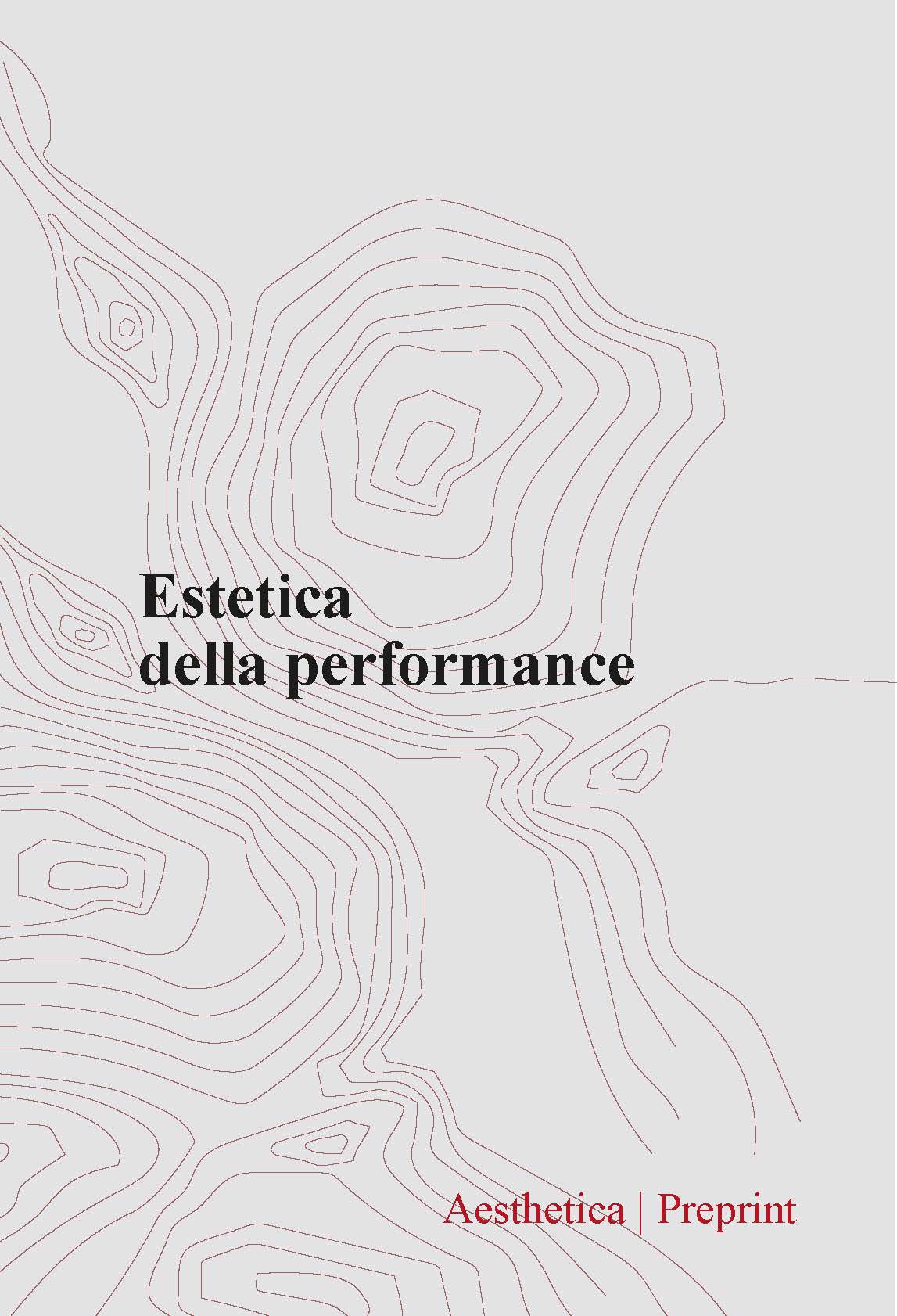Abstract
The aim of this paper is to trace and analyse the notion of “aesthetic act” in Giambattista Vico’s philosophy. Indeed the famous principle of verum ipsum factum, which states that knowledge is related to what we can make, coexists in De antiquissima Italorum sapientia (1710) with a doctrine of the faculties that assigns primary importance to the capacity of the senses to construct the qualities of objects. These themes are later reworked and transformed in Diritto universale (1720-1721) and in Scienza nuova (1744), works in which the philosophical enquiry focuses on legal-historical questions. Here, the origin of law and human civilisation is traced back to the “contemplation of the sky with the eyes of the body”: the ritual interpretation of the divine will through the observation of the celestial spheres and meteorological phenomena. This early mythopoiesis – a metaphorical thinking that transfers human feelings to the exteriority of nature – is a veritable creative visualisation by which primitives attribute meaning to what they see, drawing constellations and associating deities with planets.

